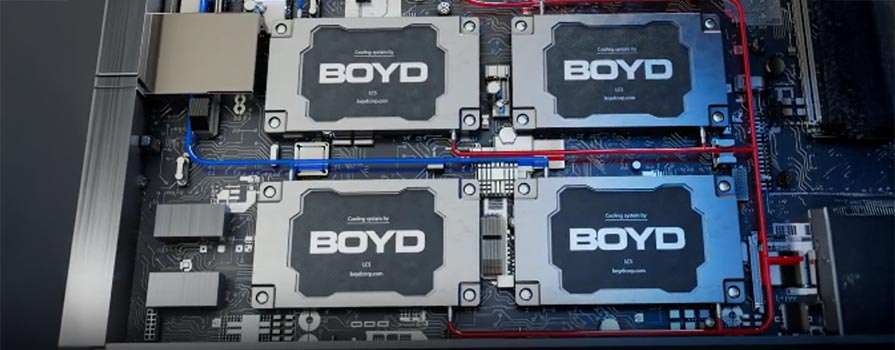Standardization of O-Ring Sizes
When the O-Ring concept was originally developed, there was no standardization of sizes. Product designers and manufacturers would design O-ring seals specifically for their applications and machinery, meaning O-Ring suppliers would only produce specific sizes they had customers for. Very few sizes, if any, were used by more than one customer and this lack of standardization discouraged O-Ring manufacturers from producing in the most economical quantities. The United States government recognized the commercial need for standardized O-Ring sizes and developed the aerospace size standard chart (AS568). The AS568 size chart identifies standard sizing by inside diameter and cross-sectional thickness, with reference dimensions for outside diameter. Other standard size charts include British Standard (BS), European standard, and Japanese standard.






